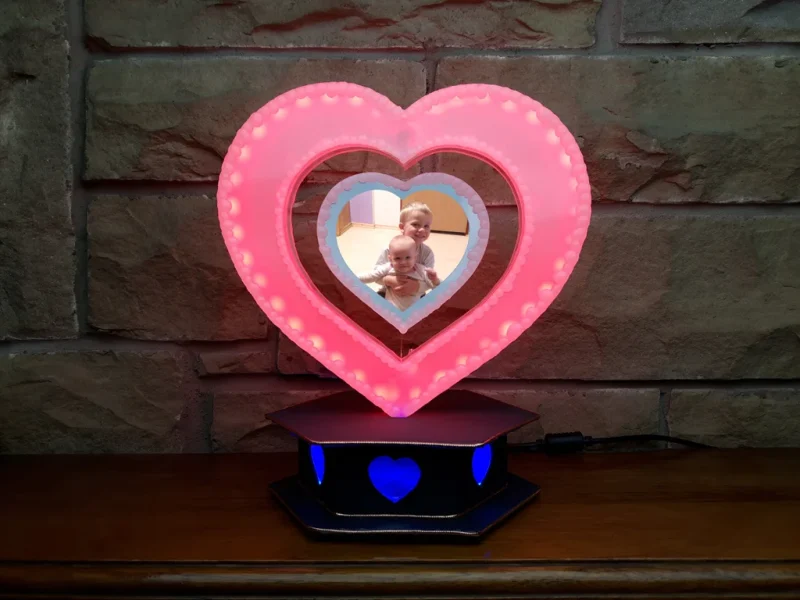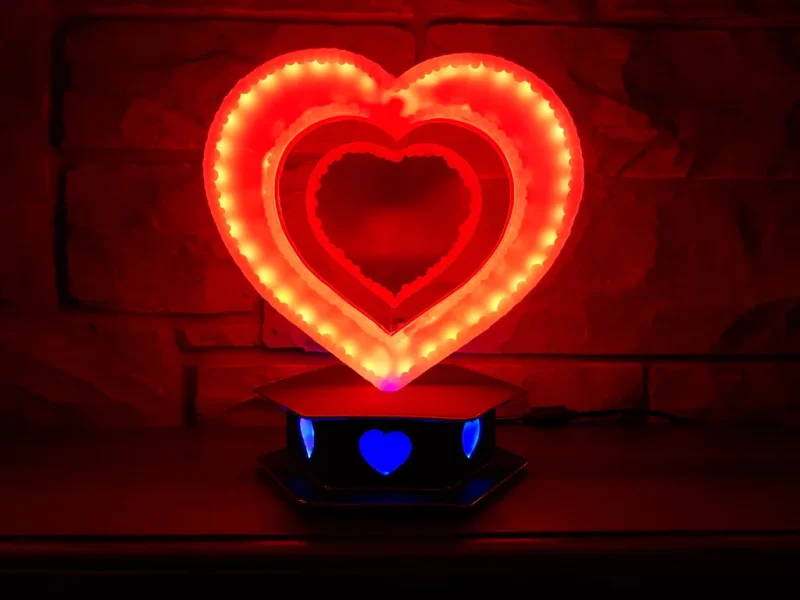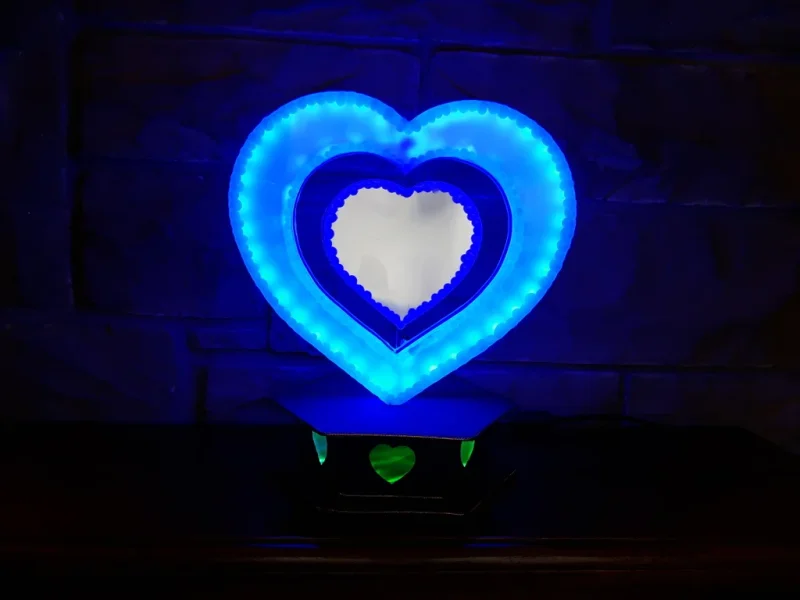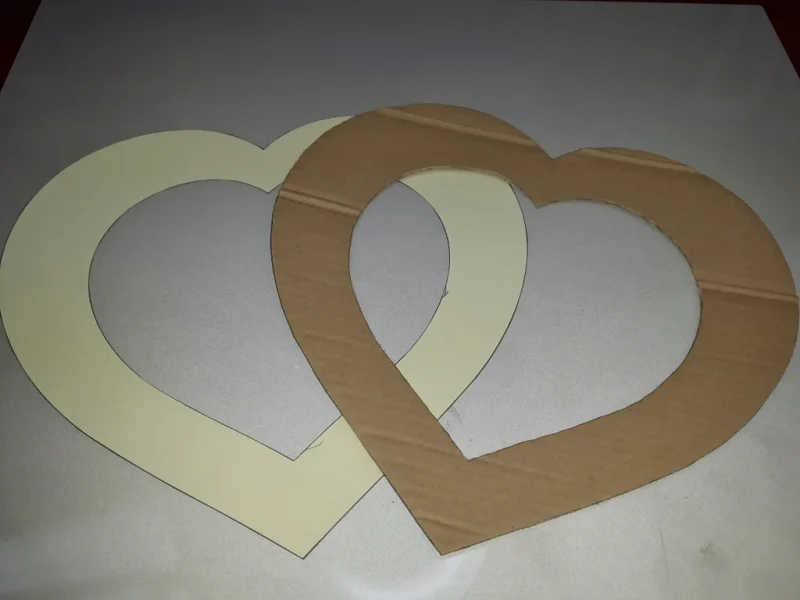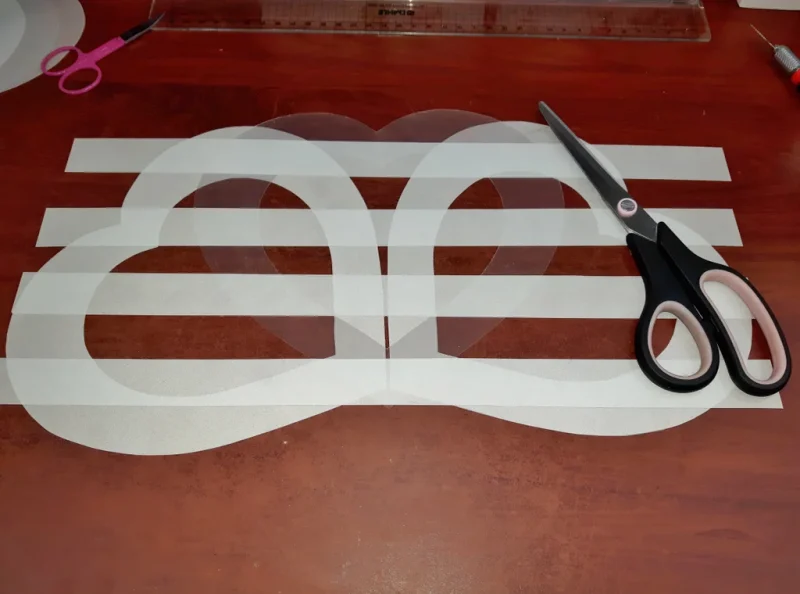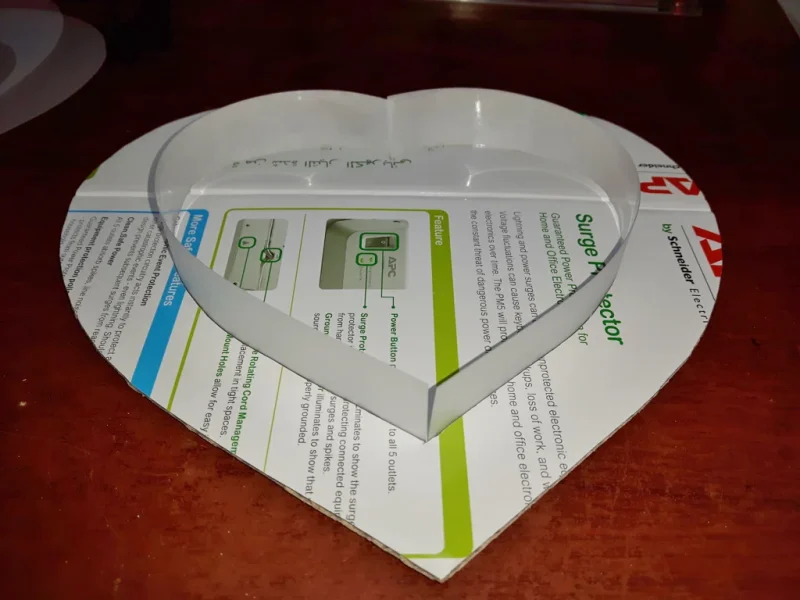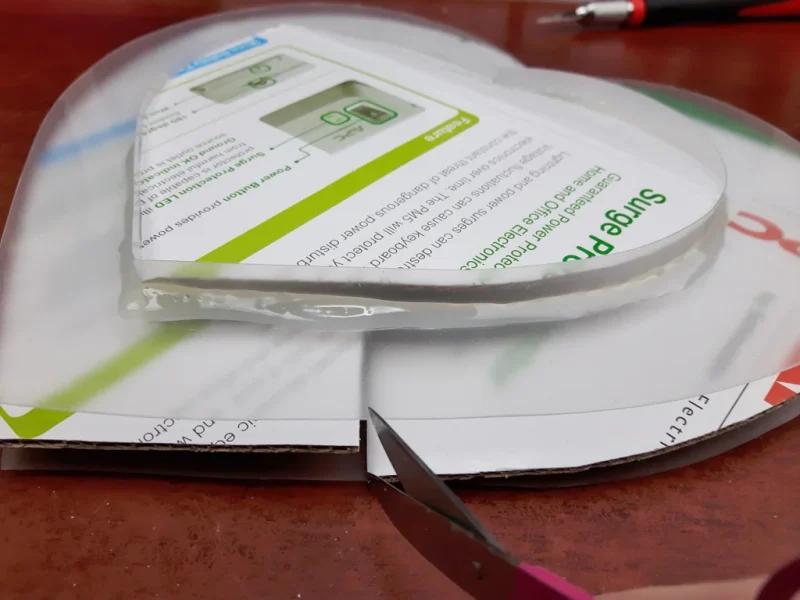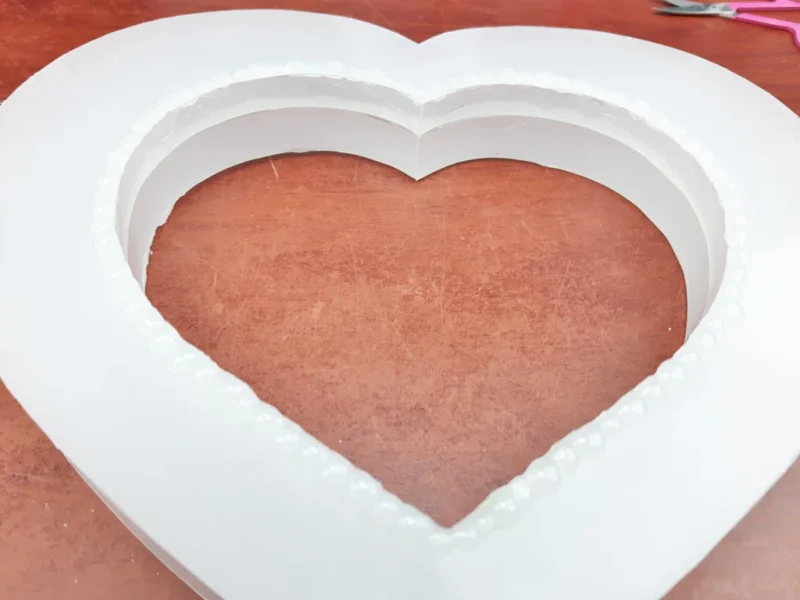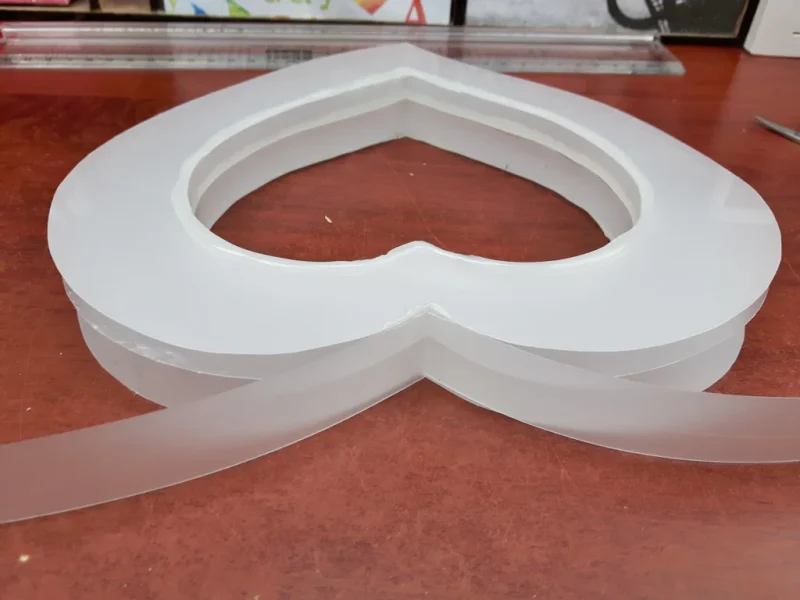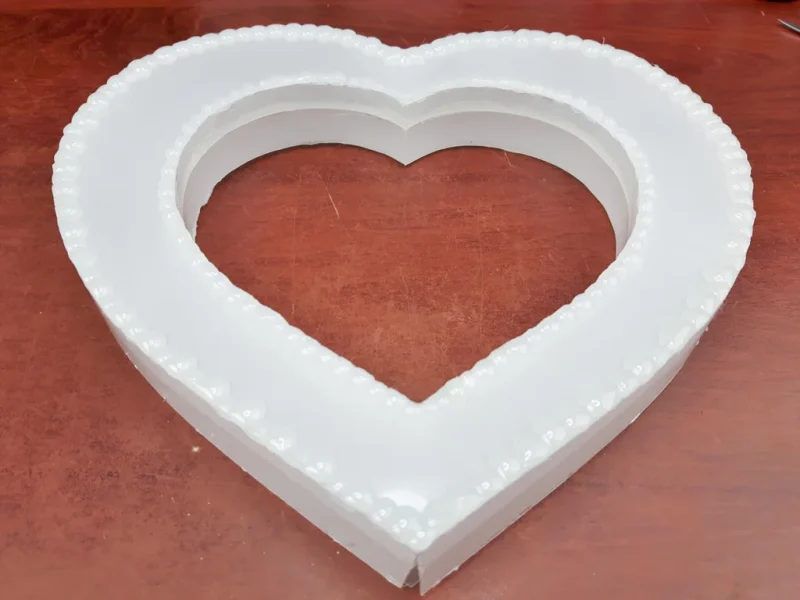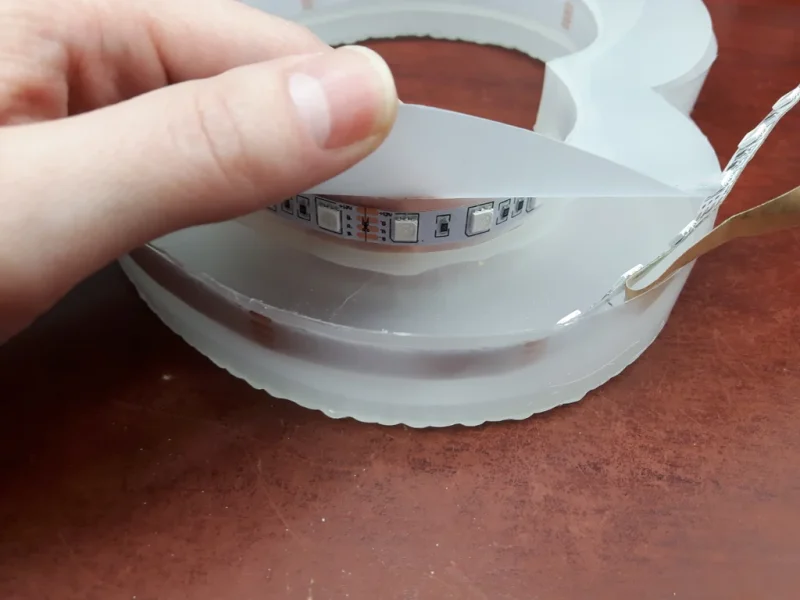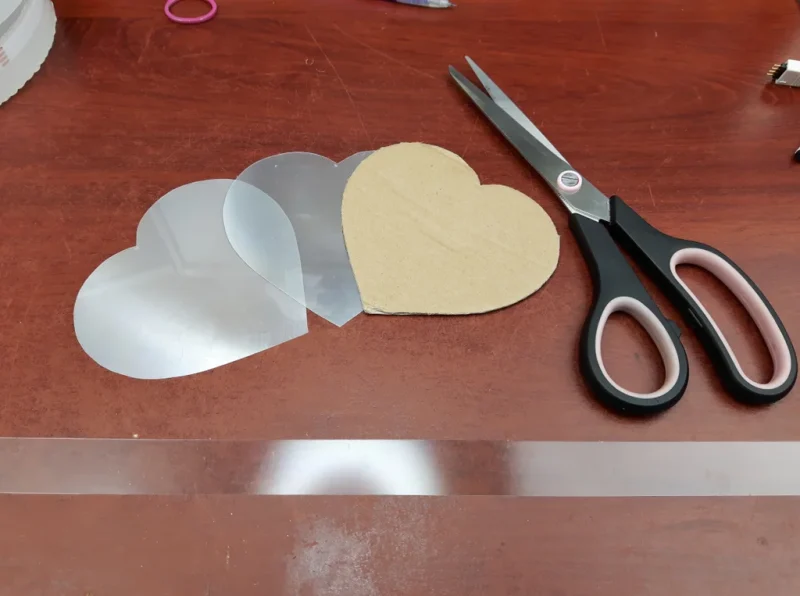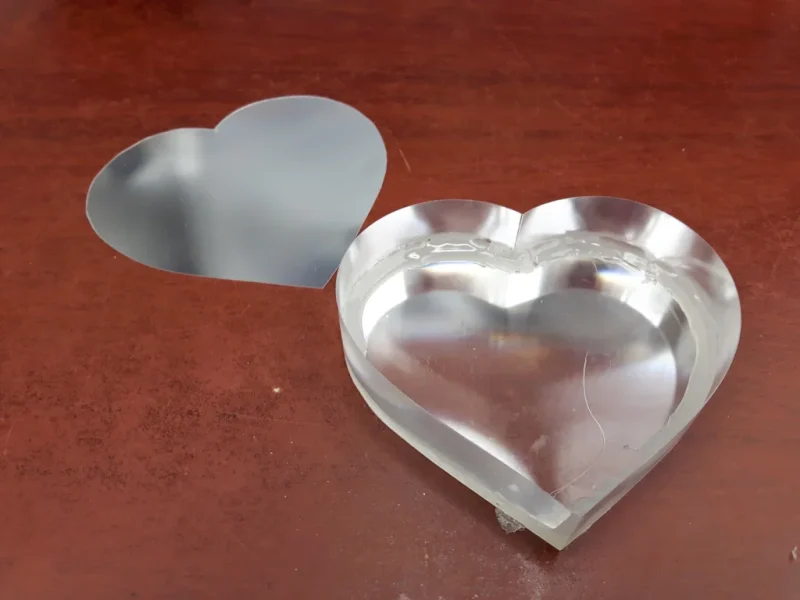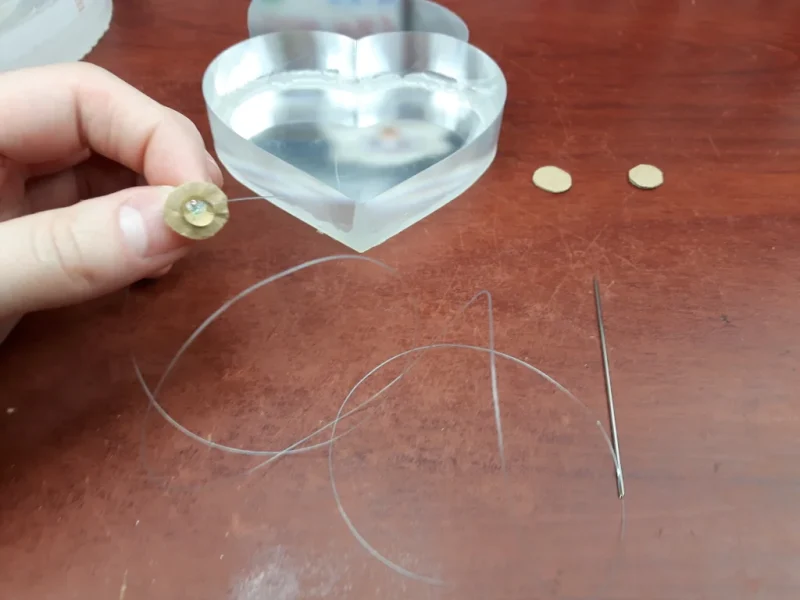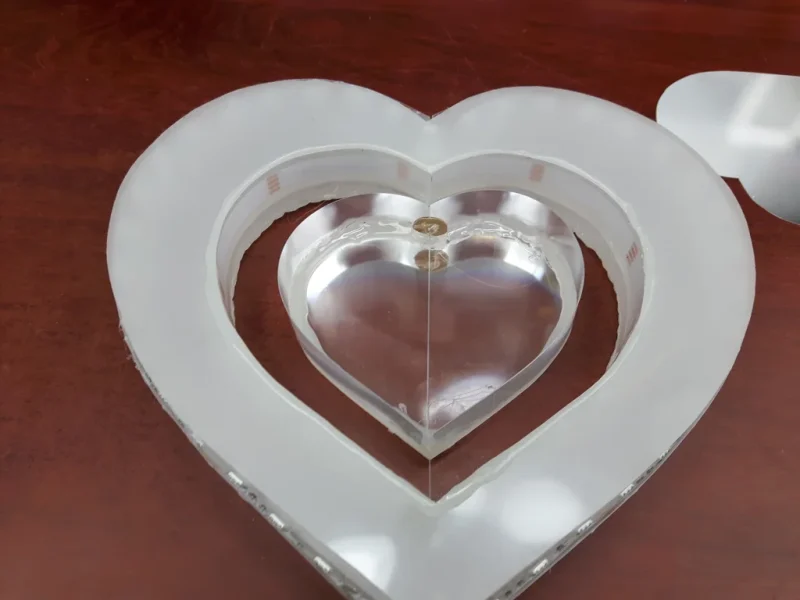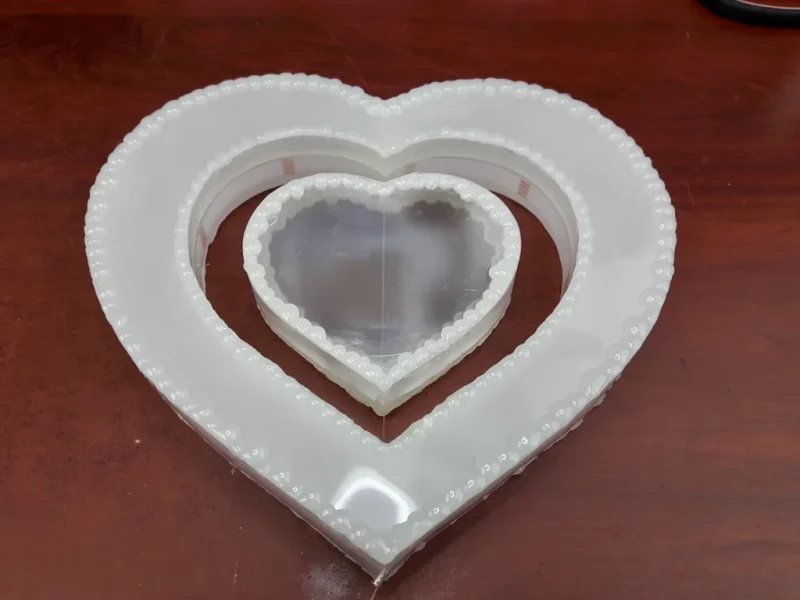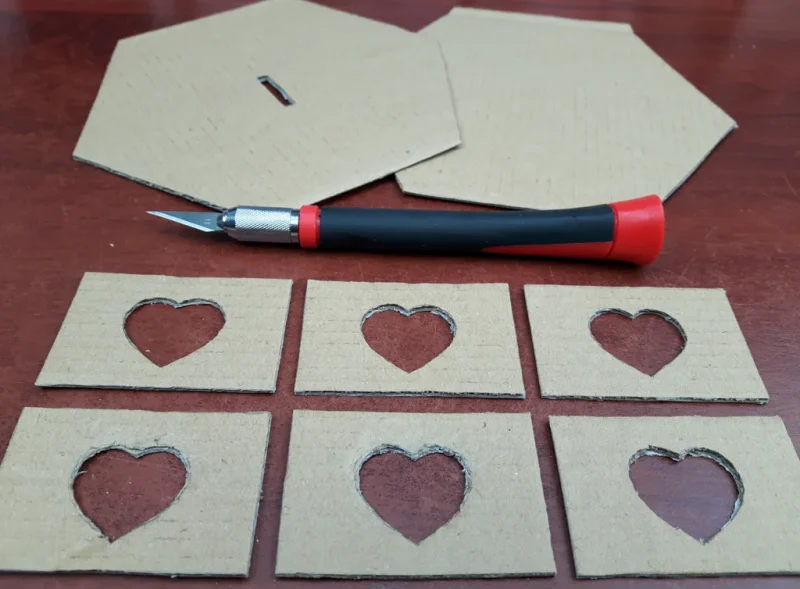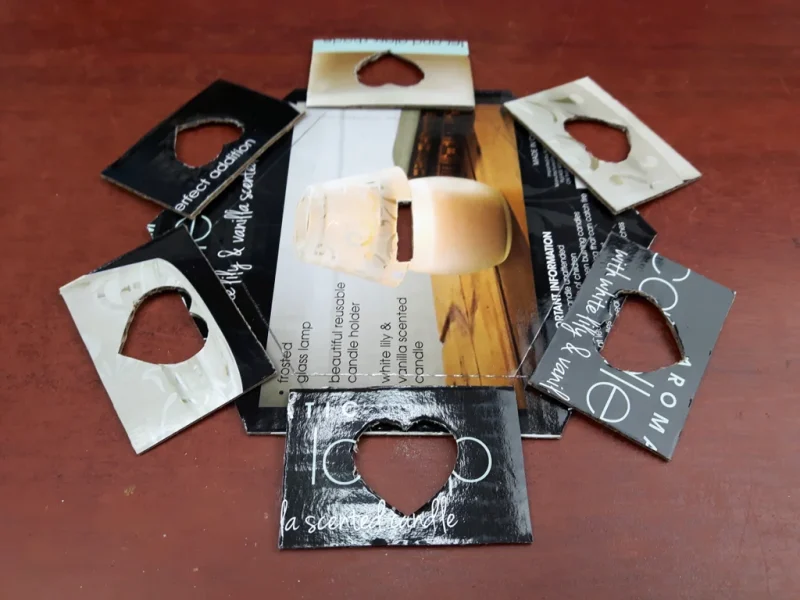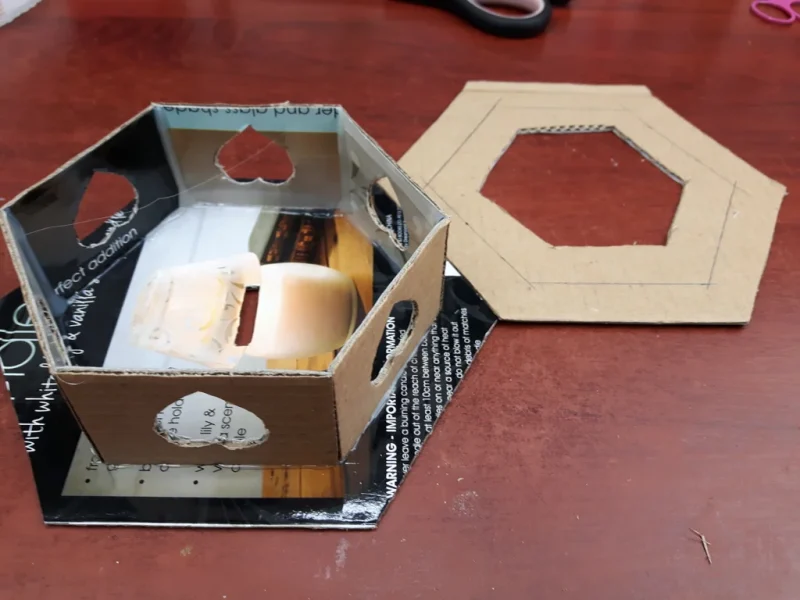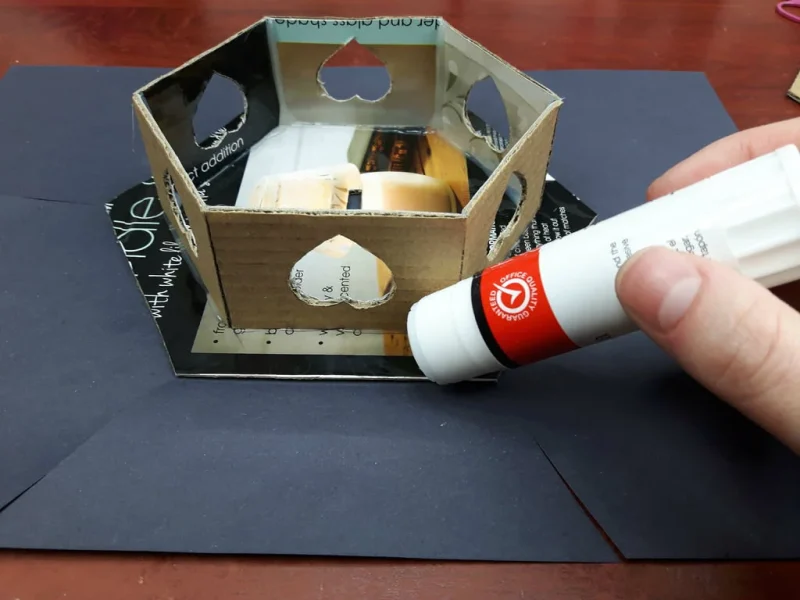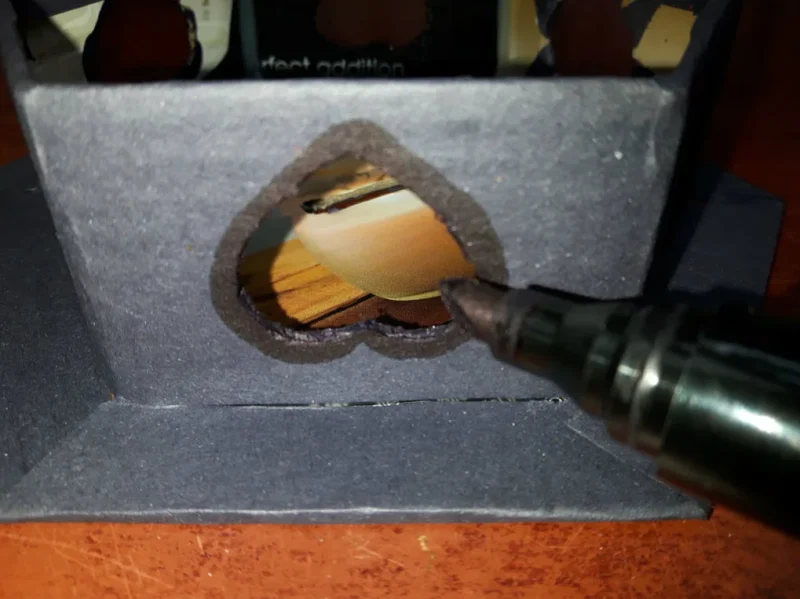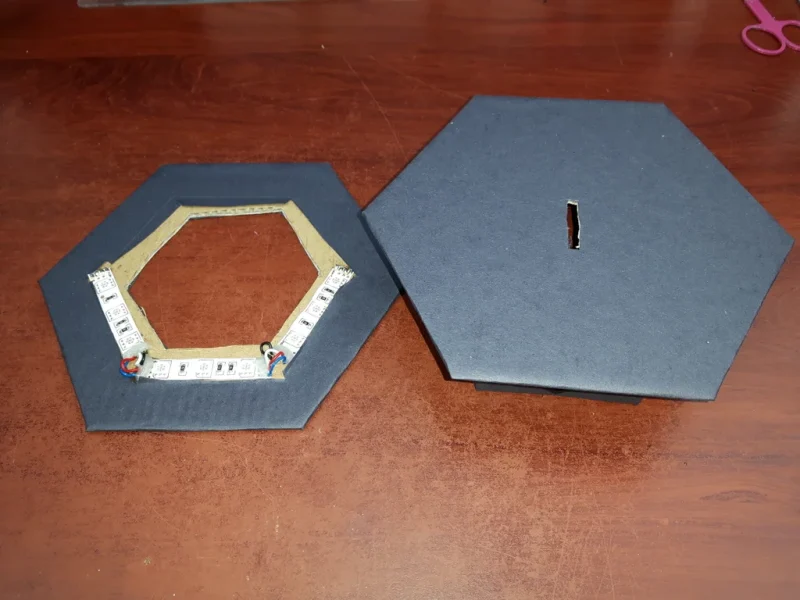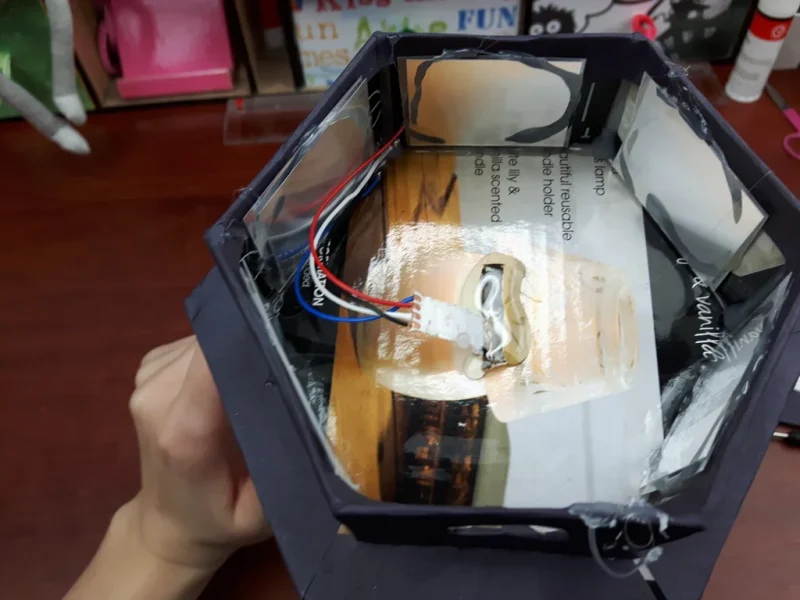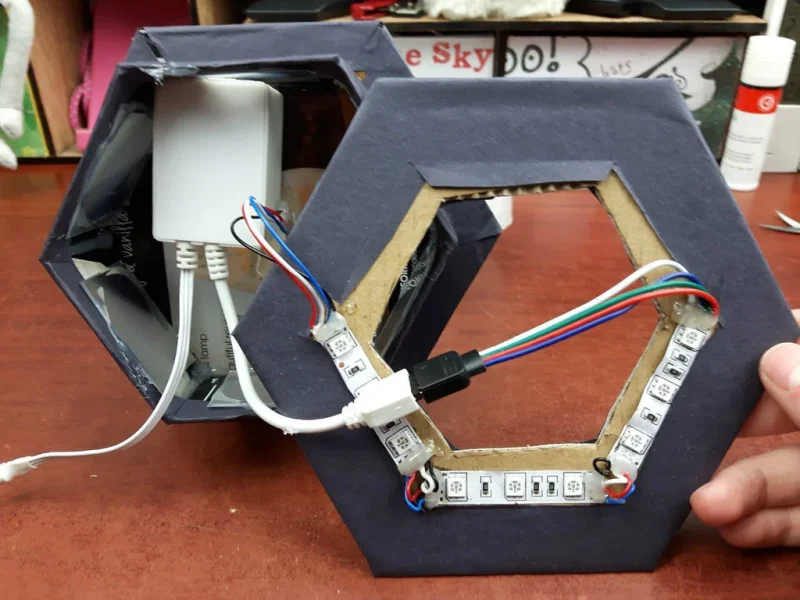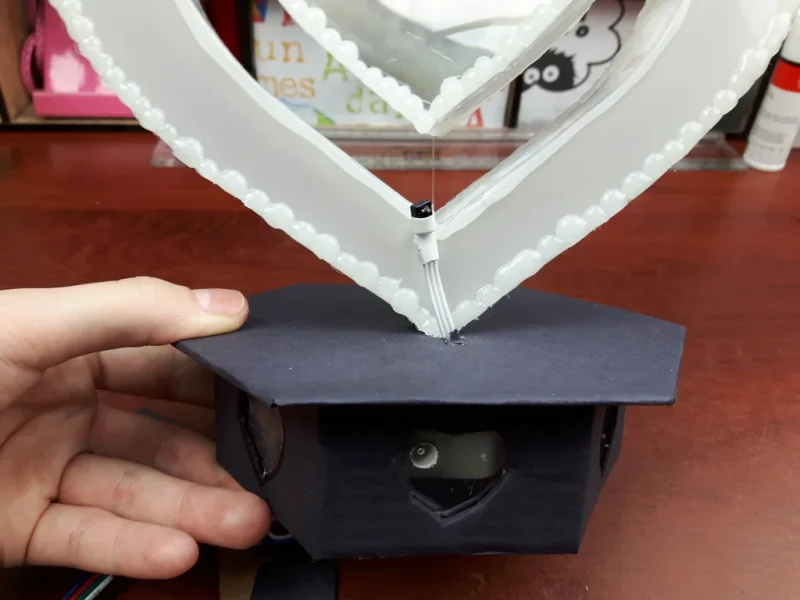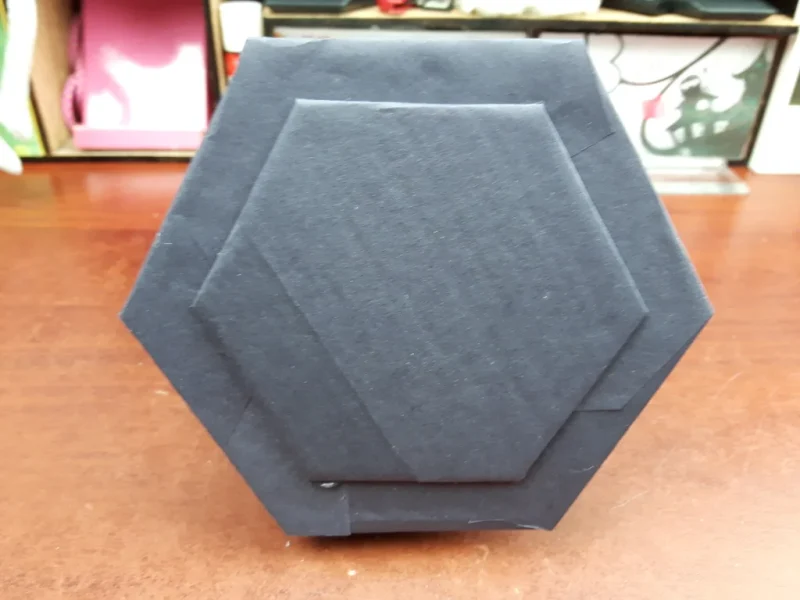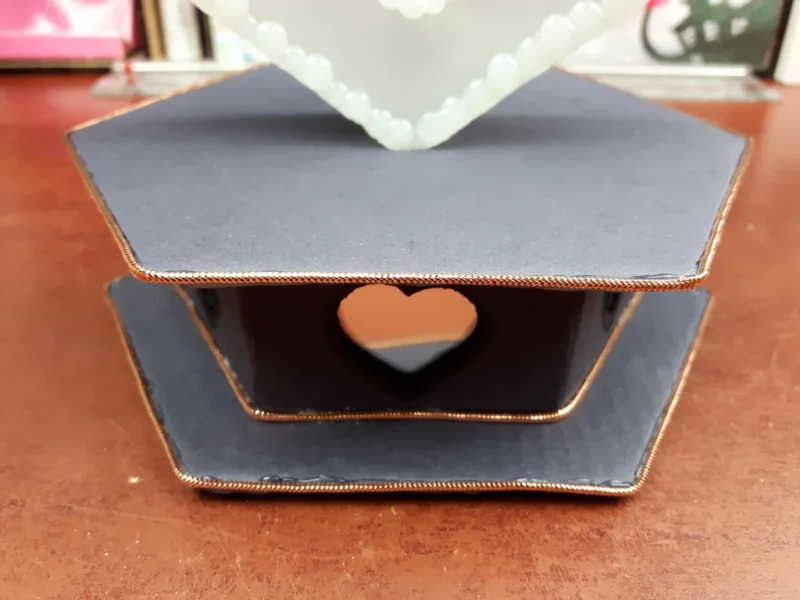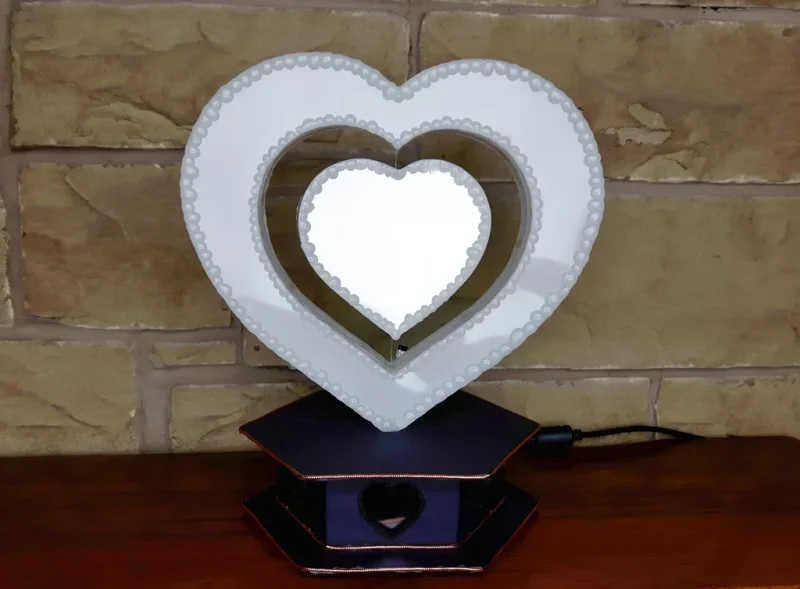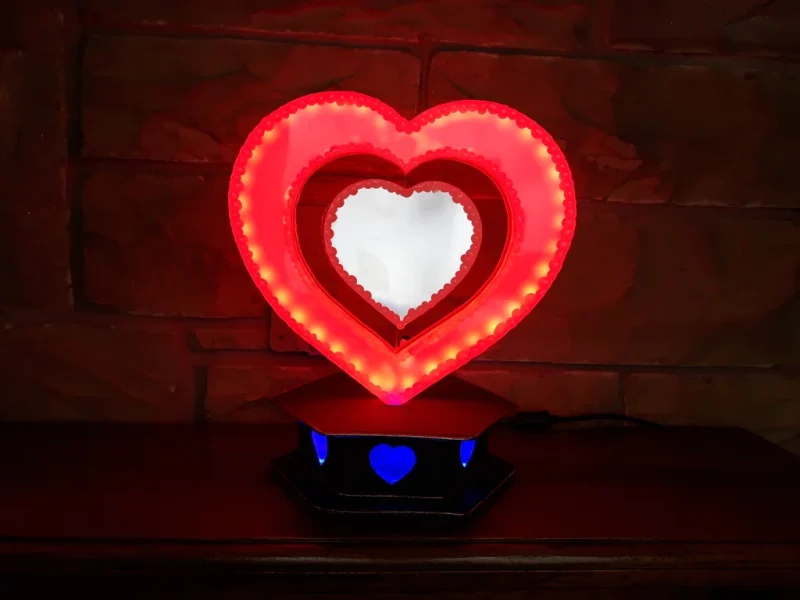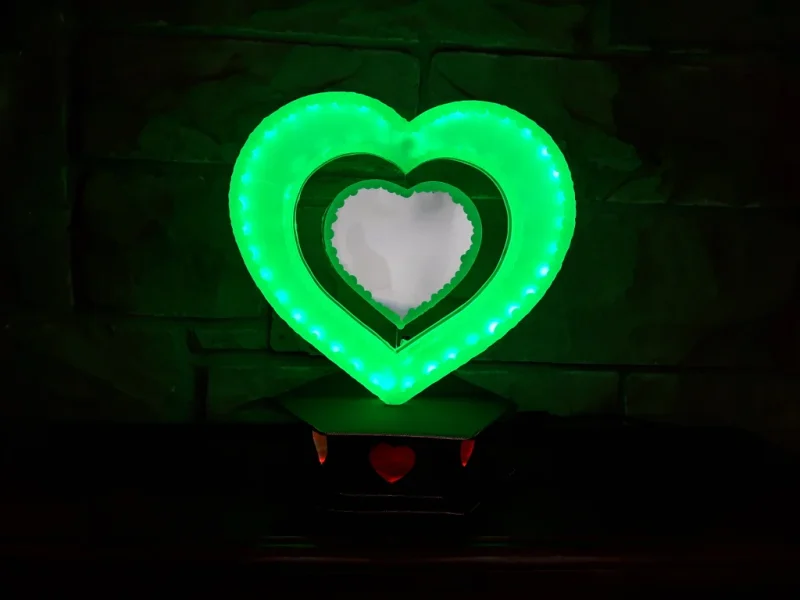Broken LCD Recycled Into Heart Mood Light
A while ago I acquired a bunch of broken LCD monitors. I managed to fix a few of them but the others were not worth my time or the money, so I decided to dismantle them and save bits that I thought might be useful one day.
After some time, I ended with plenty of bits and pieces including a stack of diffusion and prism sheets (or at least I think that’s what they’re called :D). I had no idea what I’d use them for, but felt bad for just throwing them away and so here we are… Time and consideration brought me to the idea of making use of the light diffusing qualities of the sheets from the monitor, for what I would hope would turn out to be an effective romantic mood lighting Valentines gift.
If you like you can watch the process here:
Step 1: Construct the Heart
First of all you will need to take apart a broken display. This can be any kind of LCD including desktop monitors, laptop displays or even TV’s. If you don’t have a broken display or don’t fancy taking one apart, something like this could work. I ended up using 2 diffusion and 1 prism (mirror like) sheets.
Print and cut out the heart template and trace it onto a piece of cardboard. Cut out and save the middle smaller heart. Trace three hearts onto the diffusion sheet using the cardboard template and cut out (you might want to use a knife or something sharp for tracing, because pencil tends to smudge on these plastic sheets). Mark and cut 4 strips about 2.5cm wide for the sides of the heart.
Place the leftover smaller heart from the cardboard template back in and slide in 2 of the four strips one by one (this will hold it in position and will be easier to glue). Leave the cardboard heart in place and put one of the diffusion heart on top of it. To attach it, trace the edge with a hot glue. Once cooled move the cardboard heart to the middle and add another diffusion heart and again trace the inside edge of the heart with hot glue. Cut the template, pull it out and stick it back together with a piece of sellotape. Put it on top of the middle heart and repeat the process with the top heart. If you would like to have a nicer glue pattern on top, instead of dragging the hot glue in a straight line, you could place little dabs of glue spaced roughly 1cm apart, wait for it to cool and then fill out the spaces in between.
Take the other two diffusion strips for the sides of the heart and glue in place, starting from the top. Hold the strip in position and do the same as you did for the middle. You might want to hold it while it cools down. Don’t glue the back side yet.
Attach an LED strip all around the middle heart starting at the bottom and once you reach the starting point, turn the strip and stick it to the opposite site. You should finish where you started, but the LED’s should be facing each other. Cut off at the nearest cut off point and glue the back side as well.
Step 2: Give a Heart to Your Heart
Cut out two smaller hearts and one strip out of the prism (mirror) sheet. Attach the strip to one of the hearts with hot glue. Cut out three small cardboard circles. With a large needle and thick fishing line sew through a cardboard circle and place a dab of a glue on to secure it in place. Sew through the centre at the bottom of the large heart, then through the bottom of the smaller heart, then the cardboard circle, next through the top of the smaller heart, through top of the larger heart and finally the third cardboard circle. Affix each of the circles in place with hot glue (you might want to keep the fishing line stretched tightly whilst the glue cools down).
Place the top of the smaller heart on and add small drops of glue all around, just like before.
Step 3: Base
Using the template cut out two hexagons (top and bottom) and six rectangles (sides) with hearts. Glue the sides to the top using hot glue and cut a hole in the base about 8cm in diameter. Attach three small LED strips to the base and join them together with short wires.
Glue black paper to all of the visible parts of the base and cut out the small hearts. Draw around the hearts with a marker to cover up the exposed cardboard. Cut 12 smaller rectangles out of the mirror sheet and attach them to the sides from inside (two for each side). Solder four longer wires to the LED strip of the heart, pull the wires through the slit on the top of the base and apply generous amounts of glue to affix the heart to the base.
Join the heart LED strip to the base LED’s. I wanted the heart to have different colours to the base so I soldered the red line to blue, green line to red and blue line to green. Solder on the LED strip connector, in my case the green wire to red line, red wire to blue line and blue wire to the green line. Make sure that none of the wires are touching and place a bit of the hot glue on all of the soldered joints for protection.
Glue in the controller and cut out a hole for the power jack. Cut out a small opening in the top of the base, pull the IR diode through and glue in place. Plug in the LED’s and make sure it functions as it should before securing the bottom of the base on with hot glue.
Cut out another smaller hexagon, cover with black paper and glue to the bottom of the base. Attach ribbon to the edges (something like this) for a nice finish.

Runner Up in the
Valentine's Day Challenge 2017


